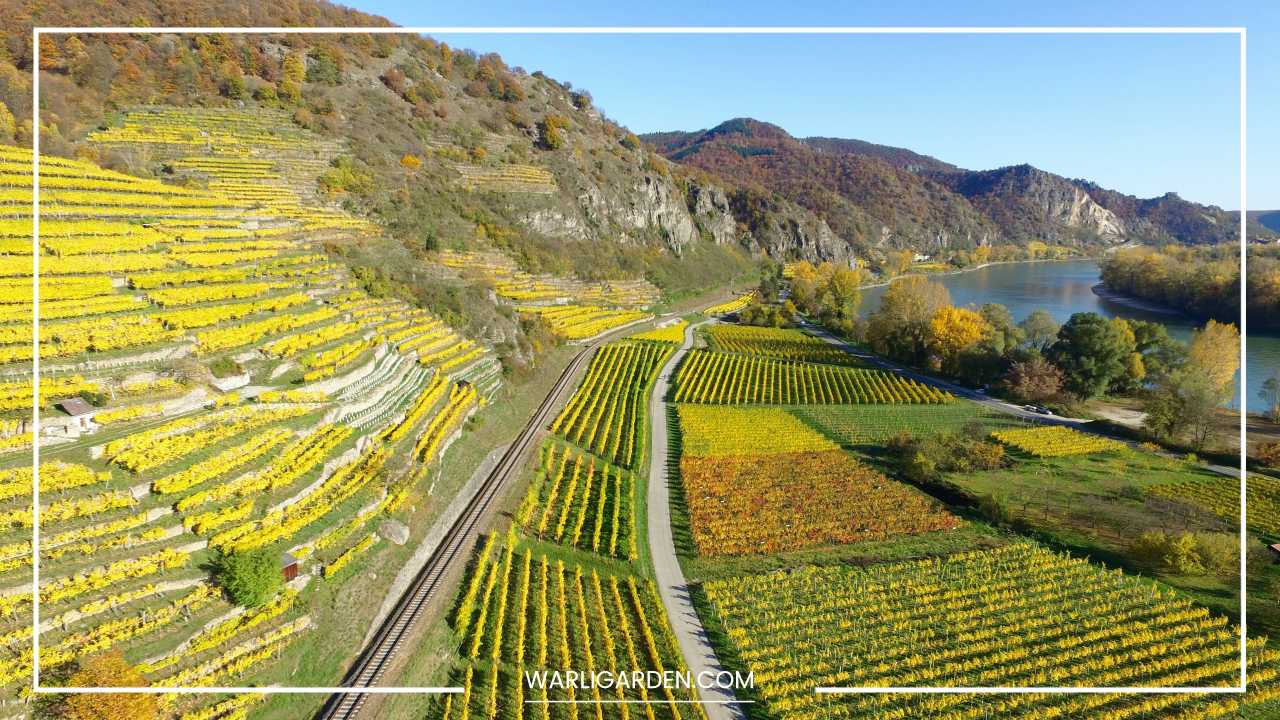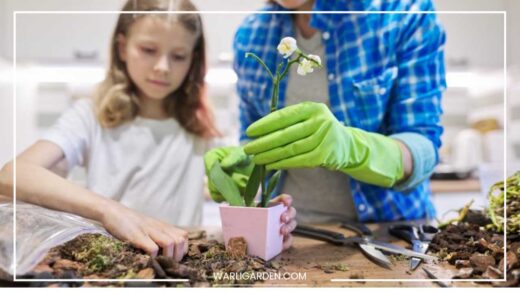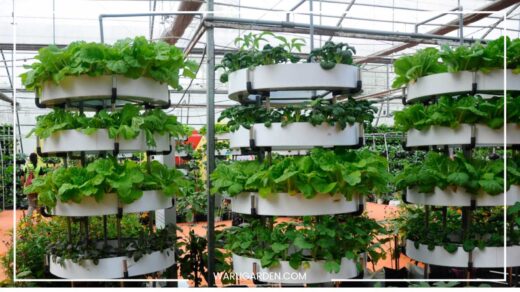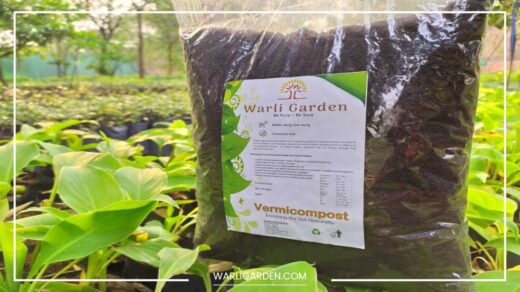What is Terrace Farming?

Terrace Farming
Terrace Farming 101: A Beginner’s Guide
Imagine a world where verdant fields cascade down mountainsides, defying gravity and creating a breathtaking spectacle.
This isn’t science fiction; it’s the ingenious practice of terrace farming, an agricultural technique with a rich history that continues to nourish communities worldwide.
In this comprehensive exploration, we’ll delve into the world of terrace farming, examining its fascinating past, exploring the diverse methods employed, unpacking its numerous benefits and challenges, and peering into the innovative future that awaits this sustainable practice.
A Legacy Etched in Stone: Unveiling the History of Terrace Farming
The exact origins of terrace farming are lost in the mists of time, but archaeological evidence suggests it has been a cornerstone of human ingenuity for at least 2,000 years.
Some of the earliest documented examples can be found in Southeast Asia, where the Ifugao people of the Philippines carved breathtaking rice terraces into the rugged mountainsides.
These Banaue Rice Terraces, a UNESCO World Heritage Site, stand as a testament to the deep connection these communities have with their land.
Across the vast expanse of the Pacific Ocean, the Incas of South America were also masters of terrace farming. They constructed elaborate systems on the steep slopes of the Andes Mountains, often utilizing intricate irrigation networks fed by glacial meltwater.
The Nazca Lines, famous for their enigmatic geoglyphs, are also believed to have played a role in this extensive agricultural system.
Beyond these iconic examples, terrace farming has flourished in diverse regions around the globe. From the unforgiving slopes of the Himalayas in Nepal to the verdant hills of China’s Yunnan province, and the volcanic slopes of Mount Kenya in Africa, communities have adapted this technique to their specific landscapes and climates.
This enduring legacy demonstrates the remarkable adaptability and ingenuity of human societies in the face of environmental challenges.
Building with Nature: Exploring the Diverse Techniques of Terrace Farming
There’s no single blueprint for terrace farming. The specific technique employed depends on a multitude of factors, including the steepness of the slope, the climate, and the available resources. Here’s a closer look at some of the most common types of terrace systems:
-
Bench Terraces: These flat, leveled platforms are carved into hillsides, resembling giant steps. They are ideal for steep slopes and are often supported by stone walls or wooden beams to prevent erosion. The walls not only act as structural support but can also be used for growing additional crops, maximizing land use efficiency.
-
Contour Terraces: These terraces follow the natural contours of the land, creating a sinuous, snake-like pattern. This method is well-suited for gently rolling hills. By mimicking the natural flow of the land, contour terraces minimize disruption to the existing ecosystem and promote efficient water distribution.
-
Pit Terraces: In arid regions with limited rainfall, pit terraces are dug into the ground. These sunken areas act like giant bowls, collecting and conserving precious rainwater. The collected water then slowly percolates through the soil, nourishing crops throughout the dry season.
-
Raised Bed Terraces: These elevated beds are ideal for floodplains or areas with poor drainage. They are often constructed with soil and organic matter, creating fertile growing spaces above the water table. This technique allows farmers to cultivate crops in areas that would otherwise be unsuitable for agriculture.
Each of these methods offers unique advantages and considerations. Understanding these variations allows farmers to select the most suitable technique for their specific needs and land characteristics.
A Symphony of Sustainability: Unveiling the Benefits of Terrace Farming
Terrace farming offers a multitude of benefits, making it a valuable tool for sustainable and productive agriculture:
-
Erosion Control: By creating leveled platforms, terrace farming dramatically reduces soil erosion, a major threat to conventional farming on slopes. The walls and channels divert rainwater runoff, preventing precious topsoil from washing away. This not only preserves the long-term fertility of the land but also reduces downstream sedimentation that can pollute waterways.
-
Water Conservation: Terraces act like giant sponges, capturing and storing rainwater. This allows for efficient water usage, especially in areas with limited rainfall. The water slowly percolates through the soil, irrigating crops throughout the season and reducing the need for additional irrigation. This efficient water management is crucial for sustainable agriculture in a world facing increasing water scarcity.
-
Increased Land Use: Mountainous regions with steep slopes often have limited arable land. Terrace farming allows farmers to cultivate these areas, significantly increasing the usable land for agriculture. This maximizes food production potential, particularly in densely populated regions with limited flat land.
-
Biodiversity Boost: Terrace farming systems often create microclimates that support a wider variety of plant and animal life. The diverse vegetation on the terraces provides habitat for pollinators, insects, and small animals. This biodiversity promotes a healthy ecosystem and can even lead to natural pest control, reducing reliance on harmful pesticides.
-
Aesthetic Beauty: Beyond its functionality, terrace farming creates stunningly beautiful landscapes. The cascading fields and intricate patterns are a testament to human ingenuity and a harmonious relationship with nature. These terraced landscapes have become iconic symbols of various regions, attracting tourists and fostering cultural appreciation for traditional agricultural practices.
-
Socioeconomic Benefits: Terrace farming plays a vital role in the socioeconomic well-being of rural communities. It provides a source of income and livelihood for farmers, promoting food security and alleviating poverty. Additionally, terrace farming can stimulate local economies by creating opportunities for tourism, agritourism experiences, and the sale of locally grown produce.
-
Cultural Significance: Terrace farming is more than just an agricultural technique; it’s deeply woven into the cultural fabric of many communities. The knowledge and skills associated with terrace construction, maintenance, and cultivation are often passed down through generations, fostering a strong sense of cultural identity and heritage. Traditional festivals and rituals may be centered around the agricultural cycle on terraced fields, further strengthening the cultural significance of this practice.
Challenges on the Slope: Navigating the Obstacles of Terrace Farming
Despite its advantages, terrace farming does come with some challenges that need to be addressed:
-
High Labor Input: Constructing and maintaining terraces is a labor-intensive process, especially in areas with limited machinery. This can be a barrier for small-scale farmers with limited resources. Building and repairing walls, maintaining drainage channels, and preparing the terraces for planting all require significant manual labor.
-
Initial Investment: Building terraces may require a significant upfront investment, particularly for materials like stones or wood for retaining walls. This can be a financial hurdle for small-scale farmers, especially in developing countries.
-
Limited Mechanization: The steep slopes and uneven terrain of terraced fields can make it difficult to use large-scale farm machinery. Farmers often rely on traditional tools and techniques, which can impact productivity and efficiency. While some innovation is happening with smaller, specialized machinery, the limitations of mechanized farming on terraces remain a challenge.
-
Climate Vulnerability: Terraced fields can be more susceptible to landslides and flash floods during heavy rains. Careful planning and maintenance are crucial to mitigate these risks. Additionally, climate change can exacerbate these vulnerabilities, making it essential to develop adaptation strategies for future weather patterns.
The Future of Farming: Innovation on the Steps
The future of terrace farming looks bright. Here are some exciting trends that are paving the way for a more sustainable and productive future:
-
Sustainable Materials: New techniques are emerging that utilize local, sustainable materials for terrace construction, such as bamboo, recycled materials, or bio-engineering techniques. This reduces costs, environmental impact, and reliance on traditional materials like stone.
-
Precision Agriculture: Technologies like drone-based irrigation and soil analysis are being used to optimize water usage and crop yields on terraced fields. These tools can provide farmers with real-time data on soil moisture levels, nutrient deficiencies, and potential pest outbreaks, allowing for more targeted interventions and improved resource management.
-
Community-Based Initiatives: Programs are being implemented to support small-scale terrace farmers, providing them with training, resources, and access to markets. This can include microloans to finance initial investments, workshops on sustainable farming practices, and establishment of farmer cooperatives to improve market access and bargaining power.
-
Agroforestry Integration: Integrating trees into terrace systems can provide numerous benefits. Trees can help stabilize slopes, reduce soil erosion, and provide additional income for farmers through fruit production or timber. Additionally, the trees can create shade for crops, improving their growth and reducing water evaporation.
By embracing innovation while preserving traditional knowledge, terrace farming can continue to be a vital tool for sustainable food production for generations to come.
Beyond the Slopes: Exploring Variations and Global Applications of Terrace Farming
While the image of cascading rice terraces might be the most iconic example, terrace farming isn’t limited to these verdant landscapes. Let’s delve deeper into some fascinating variations and global applications of this practice:
Variations by Crop and Climate:
-
Andean Terraces: In the high altitudes of the Andes, unique raised-bed terraces called “camellones” were constructed by the Incas. These long, narrow mounds with sunken channels in between helped to create a microclimate, providing warmth and protection for crops like potatoes and quinoa in the harsh mountain environment.
-
Subak System of Bali: The subak system of Bali in Indonesia is a UNESCO World Heritage Site recognized for its intricate water management and social organization. These rice terraces are not just agricultural spaces but also sacred landscapes deeply integrated with Balinese culture and religious beliefs.
-
Forest Gardens of Southeast Asia: In Southeast Asia, a unique form of terrace farming called ” kebun” integrates trees, crops, and animals into a multi-layered system. This creates a diverse and resilient ecosystem that provides a variety of food and resources throughout the year.
Global Applications: Embracing Sustainability:
-
Rehabilitation Projects: Terrace farming techniques are being employed in reforestation and land reclamation projects. By creating terraces on degraded slopes, soil erosion can be controlled, and vegetation can be reestablished, promoting biodiversity and ecosystem restoration.
-
Urban Agriculture: In densely populated cities, innovative adaptations of terrace farming are emerging. Rooftop terraces and vertical gardens utilize limited space to grow fresh produce, promoting urban agriculture and local food production.
-
Combating Climate Change: Terrace farming practices can play a crucial role in mitigating the effects of climate change. By improving water management and soil conservation, these systems can help communities adapt to changing weather patterns and extreme weather events.
A Glimpse into the Future: Embracing Technology and Knowledge Sharing
As we look towards the future of terrace farming, exciting advancements are merging tradition with innovation:
-
Digital Terracing: Software applications and geographic information systems (GIS) are being used to design and optimize terrace layouts, considering factors like slope, sun exposure, and water flow. This allows for more efficient use of land and resources.
-
Knowledge Exchange Programs: Programs are fostering collaboration between experienced terrace farming communities and regions seeking to adopt these practices. Sharing traditional knowledge and best practices can accelerate the spread of sustainable terrace farming techniques globally.
A Call to Action: Preserving a Legacy and Cultivating a Sustainable Future
Terrace farming is a powerful testament to human ingenuity and our ability to adapt to challenging environments. It offers a sustainable path for food production, promoting biodiversity, conserving water, and fostering vibrant communities.
As we face the challenges of climate change and food security, terrace farming offers valuable lessons for the future of agriculture.
By supporting traditional farming practices, investing in sustainable technologies, and fostering knowledge exchange, we can ensure that this time-tested technique continues to nourish our planet and its people.
So, the next time you encounter a breathtaking image of cascading rice terraces, take a moment to appreciate the rich history, ingenuity, and dedication woven into this remarkable agricultural practice.
Let it inspire us to cultivate a future where sustainability and tradition go hand in hand, ensuring a bountiful harvest for generations to come.


